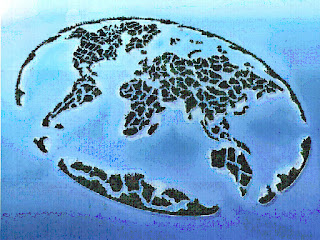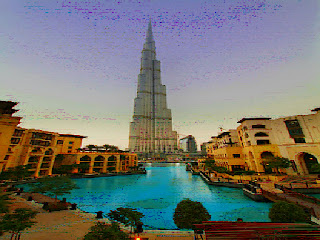Sydney is located 33 degrees 55' south of the equator sharing a similar latitude to Buenos Aires and Cape Town in the Southern Hemisphere, and Casablanca, Los Angeles and Beirut in the North. The city is located on the southern coast of New South Wales between the smaller coastal cities of Woolongong and Newcastle. The CBD is situated on the southern bank of Sydney Harbour, 10 kms west from the mouth of Port Jackson.
The temperature averages a warm 23 ° C (72° F) in summer and averages around 13° C (55° F) in winter. Sydney is bathed in sunshine for around 342 days of the year and has an average annual rainfall of approximately 1220 millimetres (48 inches).
The site of the first British colony in Australia, Sydney was established in 1788 at Sydney Cove by Arthur Phillip, commodore of the First Fleet as a penal colony. The city is built on hills surrounding Port Jackson which is commonly known as Sydney Harbour, where the iconic Sydney Opera House and the Harbour Bridge are featured prominently. The hinterland of the metropolitan area is surrounded by national parks, and the coastal regions feature many bays, rivers, inlets and beaches including the famous Bondi Beach. Within the city are many notable parks, including Hyde Park and the Royal Botanical Gardens.
In 2010, Sydney was ranked 10th worldwide by consulting firm Mercer on quality of living. In 2009, Sydney was ranked 3rd in Asia, and 22nd in the world on social and economic innovation, across 31 sectors in the Innovation Cities Index by innovation agency 2thinknow. Sydney regularly appears in a variety of global city rankings of liveability and commerce, competing with Melbourne, Wellington and Auckland f
for top rankings in Australia and New Zealand.
Sydney has a reputation as an international centre for commerce, arts, fashion, culture, entertainment, music, education and tourism. Sydney has hosted major international sporting events, including the 1938 British Empire Games, the 2000 Summer Olympics, and the final match of the 2003 Rugby World Cup. The main airport serving Sydney is Sydney (Kingsford Smith) Airport.
Culture
Sydney hosts many different festivals and some of Australia's largest social and cultural events. These include the Sydney Festival, Australia's largest arts festival which is a celebration involving both indoor and free outdoor performances throughout January; the Biennale of Sydney, established in 1973; the Big Day Out, a travelling rock-music festival which originated in Sydney; the Gay and Lesbian Mardi Gras along Oxford Street; the Sydney Film Festival and many other smaller film festivals such as the short film Tropfest and Flickerfest.Australia's premier prize for portraiture, the Archibald Prize is organised by the Art Gallery of New South Wales. The Sydney Royal Easter Show is held every year at Sydney Olympic Park, the final of Australian Idol takes place on the steps of the Opera House, and Australian Fashion Week takes place in April/May and September. Sydney's New Year's Eve and Australia Day celebrations are the largest in Australia.
A survey based on tracking the frequency of words and phrases in the media, cited Sydney as number 9 on a list of the world's top fashion cities in 2009 The city is the site of the world renowned Rosemount Australian Fashion Week, which occurs biannually, and is home to many of Australia's premier fashion houses. Most international designers have a major presence in Sydney and Australia's Next Top Model is one of the most watched shows on national television.


















